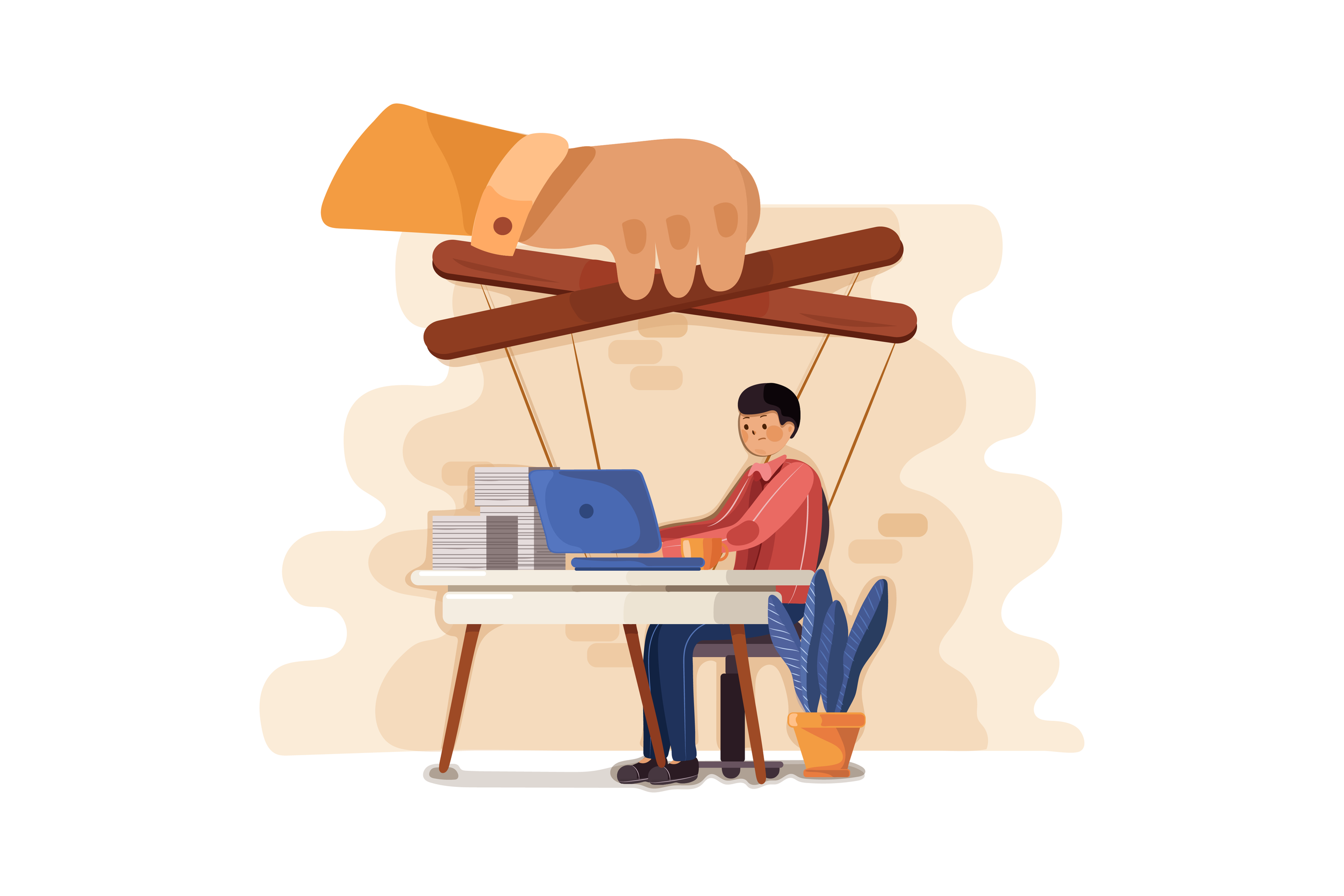Gaslighting in the Workplace
How UX and Digital Designers Can Recognize and Respond
When Leadership and Creative Partners Manipulate Instead of Lead
Gaslighting at work is real, insidious, and far too common—especially for UX and digital designers who already face misunderstandings about their roles, expertise, and value. Instead of supporting and advocating for their teams, some leaders, creative directors, and senior creative partners twist narratives, shift blame, and undermine talent.
The result? Designers feel lost, second-guess their skills, and start believing that the problem is them—when it’s actually the people in power failing them.
Gaslighting in creative industries can take many forms. Maybe you’ve raised concerns about usability issues, only to be told you're overreacting. Maybe creative leadership constantly changes expectations and then blames you for the delays.
Maybe you’ve been denied a raise or promotion with vague reasoning, despite delivering exceptional work. These tactics are not just frustrating—they’re toxic and manipulative.
So how do UX and digital designers identify gaslighting behaviors and, more importantly, fight back?
The Tactics: How Gaslighting Manifests for Designers
For designers, gaslighting often comes in the form of shifting expectations, denial of credit, exclusion from decision-making, and impossible standards. When senior creatives and leadership engage in these tactics, they’re not just damaging individual careers—they’re undermining the entire design discipline.
The table below outlines common gaslighting behaviors in leadership and creative teams, how they specifically impact UX and digital designers, and strategies to push back.
| Gaslighting Tactic | How It Manifests for UX/Digital Designers | Response Strategy |
|---|---|---|
| "You're overreacting" / Dismissing concerns | When designers raise usability issues or accessibility flaws, leadership or creative directors downplay their importance. | Collect data, run usability tests, and present objective evidence to support concerns. |
| Moving the goalposts | A project’s requirements or expectations constantly change, and creative partners blame the designer for not keeping up. | Document all changes, confirm scope in writing, and push for clear decision-making accountability. |
| Taking credit for work | Creative directors or senior leaders present UX/UI concepts as their own ideas, leaving designers without recognition. | Keep records of contributions, advocate for public acknowledgment, and highlight team efforts in meetings. |
| Undermining expertise | UX recommendations are ignored because "clients know best" or "we’ve always done it this way." | Use competitive research, UX best practices, and stakeholder education to reinforce expertise. |
| Gaslighting through feedback | Giving vague or contradictory design feedback, then blaming the designer for misinterpretation. | Ask for clear, written feedback and push for specific action points. |
| Blaming designers for poor performance when issues are structural | Creative leadership criticizes designers for project delays caused by poor strategy, unclear direction, or unrealistic timelines. | Document dependencies, highlight bottlenecks, and push for better project planning. |
| Forcing designers to prove their worth constantly | Creative directors frequently question the need for UX, requiring excessive justifications for research or best practices. | Advocate through success metrics, present case studies, and seek support from cross-functional teams. |
| Gaslighting through exclusion | Designers are left out of key meetings and decisions but are blamed when execution isn’t aligned. | Push for early involvement, request inclusion in strategic discussions, and establish clear collaboration norms. |
| "If you really cared, you'd stay late/work harder" | Creative leaders frame burnout culture as dedication rather than exploitation. | Set firm boundaries, track workload, and escalate concerns when work-life balance is compromised. |
| Deflecting accountability | Leadership or creative partners avoid taking responsibility for failures, instead shifting blame onto the design team. | Keep a clear paper trail of decisions and responsibilities, and hold stakeholders accountable. |
| Passing up designers for raises, bonuses, promotions, or growth opportunities | Excuses like "the budget isn’t there" while others receive increases, or "you're not ready yet" despite strong performance. | Keep a record of achievements, request direct feedback on advancement criteria, and explore external opportunities if growth is consistently blocked. |
How UX and Digital Designers Can Push Back
If you recognize these behaviors in your workplace, you are not imagining it—and you are not powerless. Here’s how to take action:
Document everything. Keep emails, Slack messages, and meeting notes. Gaslighting thrives in ambiguity, but written proof is undeniable.
Advocate for yourself with data. If your recommendations are ignored, back them up with UX research, user testing, and competitive analysis.
Set firm boundaries. If you’re being pressured to overwork, say no and reinforce work-life balance.
Demand clarity in feedback. If creative directors or leadership are vague or contradictory, push for specifics. “Can you clarify?” is a powerful phrase.
Escalate when necessary. If a direct manager is the problem, involve HR or higher leadership.
Consider your long-term career. If leadership continues to gaslight, evaluate whether staying is worth it—or if it’s time to move on.
Key Takeaways
Gaslighting in the workplace is real, especially for UX and digital designers.
Tactics include dismissing concerns, shifting blame, and undermining expertise.
Senior creative partners and leadership often use these tactics to deflect responsibility.
Recognizing these behaviors is the first step to addressing them.
Push back with documentation, data, and clear boundaries.
If toxic patterns persist, it may be time to move on to a healthier work environment.
Final Thoughts: You Deserve Better
Great design thrives in trust, collaboration, and respect—not manipulation. If creative leadership and senior partners are gaslighting you, it’s not a reflection of your talent or worth.
If an employer refuses to change, remember this: there are plenty of places that will respect your skills, your voice, and your contributions. Find them.
